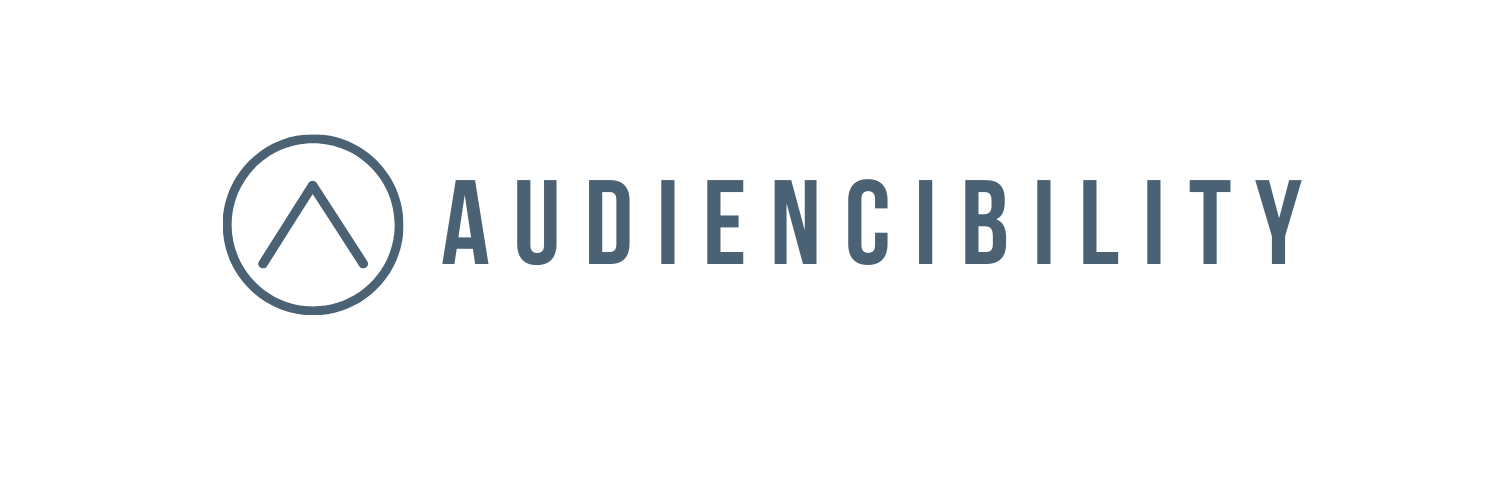For Nieman Lab predictions: We need emotionally agile newsroom leaders
Note: This essay was first published by Nieman Lab as part of its journalism predictions for 2023 series.
I heard this recently and can’t get it out of my head: “Although many of us may think of ourselves as thinking creatures that feel, biologically we are feeling creatures that think.”
It’s from Dr. Jill Bolte Taylor, a neuroscientist who wrote My Stroke of Insight: A Brain Scientist’s Personal Journey.
It’s been stuck in my head because as someone who delivers diversity, equity, and inclusion training to news organizations and has been involved in a range of newsroom diversity initiatives, I think this is a missing piece of the puzzle.
Creating diverse, inclusive, welcoming workplaces is not about numbers; it’s about emotions. Namely: How we handle our own.
We have plenty of proof that it’s clearly not enough to just hire for diversity. Despite decades of talk and stop-and-go committees and studies, thousands of journalists say their newsrooms don’t have enough diversity in race and ethnicity. Newsrooms are quite resistant to even reporting their demographics, as the News Leaders Association encountered earlier this year.
Because once you hire that person for their perspectives and experiences, do you know how their ideas and authenticity will be received, emotionally?
For instance:
Can someone cry in front of their colleagues without worrying about being judged or dismissed?
Can someone raise their voice without someone else taking it personally?
Can a non-manager ask a question of management without fear of repercussions?
If the answer to any of the above is no, know that it is not about your new employee, but about a culture that diminishes feelings.
The key is to pause and examine that defensive reaction for what that feeling really is, instead of acting on it. We won’t succeed every time, but if we don’t even try, we are creating a toxic workplace.
According to an MIT Sloan Management Review study released this year, the top five toxic workplace traits are: “noninclusive,” “disrespectful,” “unethical,” “cutthroat,” and “abusive.”
When I see those words, I see a culture that has no empathy for the human experience.
While I am thankful I worked with supportive colleagues in non-toxic newsrooms, I needed more guidance around handling emotions and people’s reactions to them — I, who prided herself in being a not-too-emotional person.
I’ve had colleagues report other colleagues for being too emotional in the newsroom. I’ve managed reporters who told me they weren’t comfortable talking to previous bosses about their mental wellness. I’ve witnessed microaggressions and failed to know how to handle it well.
And this is not healthy — for anyone.
It contributes to a psychologically unsafe workplace. And good luck trying to retain a new employee in such a culture.
To be able to create the places of belonging I hear so many newsrooms striving for, we need to be there for one another emotionally. Part of being human is to feel, so asking people to be authentic means asking them to be emotional.
To create truly inclusive workplaces means you have to be able to confront your own reactions to emotions.
Because how can you navigate people through burnout, stress, covering trauma, systemic racism, and difficult change without reflecting on your emotional response?
Why does seeing someone cry make you uncomfortable? How often do you ask your colleague how they’re feeling, and are you prepared for the answer? Can you hold space for someone’s anger at work in a way that preserves safety for yourself and others?
This is why I predict in 2023, DEI training for newsrooms will also include reflections on our emotional agility. I believe newsrooms who succeed in hiring and retaining a diverse staff will also be places where people can be their emotional selves without fear.
And we need it now more than ever as we’re confronting a collision of challenges: working and living through a pandemic, waves of layoffs and cutbacks, a vein of public distrust of the media, a steady stream of coverage about suffering, pain and loss.
As psychologist Susan David notes in Brené Brown’s latest book Atlas of the Heart, emotions “can be beacons, not barriers, helping us identify what we most care about and motivating us to make positive changes.”
All the DEI mission statements and training launched in the past few years will not lead to positive changes unless we also recognize and hold space for the feelings within us. It requires us to admit that something makes us sad, scared, overwhelmed, or ashamed. And it is in working through these emotions that we can create truly inclusive places.
